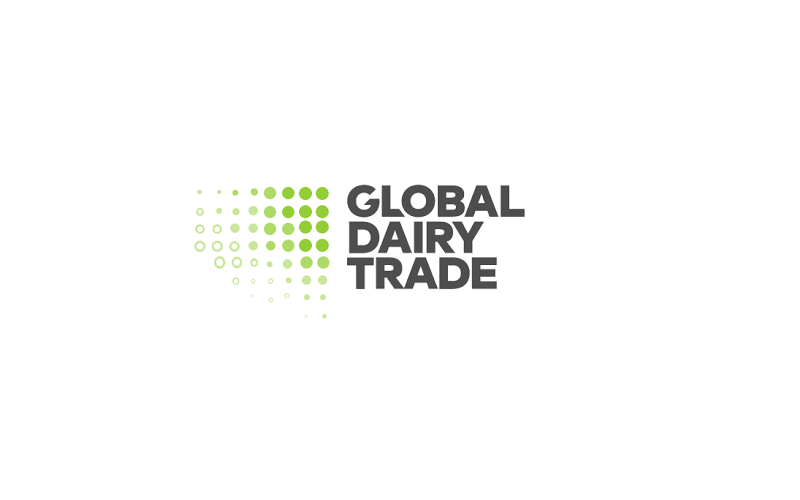China Faces Surplus in Fresh Milk Supply Despite Declining Imports Amid Rising Global Prices
Source: The DairyNews
China's fresh milk sector is experiencing a significant surplus despite the recent surge in global dairy product prices, which has increased the attractiveness of domestically produced milk.

According to the latest figures from Fonterra's GlobalDairyTrade auction, the price of whole milk powder increased by 2.4 percent to USD 3,350 per ton on May 7. This marks the fourth consecutive rise since hitting a low of USD 2,548 per ton in August of the previous year.
Despite these price hikes in the international market, China's import of milk powder has declined sharply. Data from the Dairy Association of China indicates that milk powder imports fell by 9.3 percent in the first quarter compared to the same period last year, totaling 223,000 tons. Additionally, the value of these imports dropped by 24.7 percent to CNY 740 million (USD 102.4 million), as prices decreased by 16.9 percent to USD 3,293 per ton.
In response to rising international prices, several food processing companies in southern China have shifted to using local milk powder instead of imported varieties. According to independent dairy industry analyst Song Liang, this switch is likely to help reduce the inventory of Chinese dairy products, albeit with limited impact on the raw milk sector itself.
Despite reduced imports, China continues to grapple with an oversupply of raw milk. The National Bureau of Statistics reported a 5.1 percent increase in milk output in the first quarter. Specifically, large milk-producing regions like Shandong Province saw a significant 10.7 percent increase in milk production during the first three months of the year, following an 8.3 percent increase in capacity year-on-year. Consequently, milk prices have fallen by 4.8 percent to CNY 3.55 (USD 0.49) per kilogram as of March 31 from the beginning of the year.
The expansion of large-scale ranches, capable of housing over 10,000 cows each, has continued in the northeast and northwest parts of China. These developments, initiated during peak market conditions several years ago, are nearing completion. Meanwhile, smaller and medium-sized ranches are increasingly shutting down due to falling prices, further contributing to the milk surplus.
The ongoing supply-demand imbalance in China's raw milk market might see a potential shift in the latter half of the year, as more smaller ranches exit the market, according to analyst Song Liang.
Despite these price hikes in the international market, China's import of milk powder has declined sharply. Data from the Dairy Association of China indicates that milk powder imports fell by 9.3 percent in the first quarter compared to the same period last year, totaling 223,000 tons. Additionally, the value of these imports dropped by 24.7 percent to CNY 740 million (USD 102.4 million), as prices decreased by 16.9 percent to USD 3,293 per ton.
In response to rising international prices, several food processing companies in southern China have shifted to using local milk powder instead of imported varieties. According to independent dairy industry analyst Song Liang, this switch is likely to help reduce the inventory of Chinese dairy products, albeit with limited impact on the raw milk sector itself.
Despite reduced imports, China continues to grapple with an oversupply of raw milk. The National Bureau of Statistics reported a 5.1 percent increase in milk output in the first quarter. Specifically, large milk-producing regions like Shandong Province saw a significant 10.7 percent increase in milk production during the first three months of the year, following an 8.3 percent increase in capacity year-on-year. Consequently, milk prices have fallen by 4.8 percent to CNY 3.55 (USD 0.49) per kilogram as of March 31 from the beginning of the year.
The expansion of large-scale ranches, capable of housing over 10,000 cows each, has continued in the northeast and northwest parts of China. These developments, initiated during peak market conditions several years ago, are nearing completion. Meanwhile, smaller and medium-sized ranches are increasingly shutting down due to falling prices, further contributing to the milk surplus.
The ongoing supply-demand imbalance in China's raw milk market might see a potential shift in the latter half of the year, as more smaller ranches exit the market, according to analyst Song Liang.











